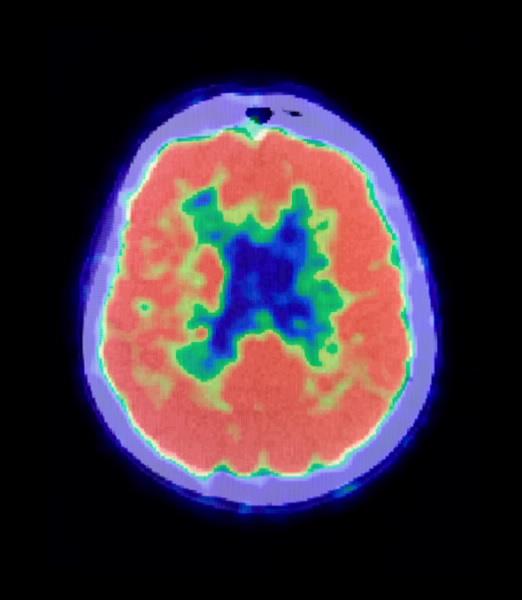

Published on the 15th May 2015 by ANSTO Staff
We are on the brink of making true progress in the diagnosis and treatment of mind and brain disorders with innovative biomedical imaging technologies and biomarkers, a cross- disciplinary approach, new partnerships and a recognition of illness as an active process, according to distinguished clinical psychologist and mental health reformer Prof Ian Hickie.
Hickie delivered a guest lecture at the Brain and Mind Research Institute, where he is Executive Director, on 12 May exploring how new technologies will deliver answers to old questions about depression and other mental disorders.
Guests had the opportunity to tour the Brain and Mind Institute and ANSTO’s nearby.
Partnerships, such as collaborations with ANSTO Life Sciences researchers to develop sophisticated diagnostic tools, will prove critical in early intervention strategies and the prevention of lifelong disability as a consequence of to mental and nervous system disorders.
“It’s not enough to tell people what is wrong with them, we want to offer therapies that will improve lives and prevent lifelong disability.”
He emphasised the importance of early recognition of illness and charting the progression of disease. A lack of independent testing and poor predictive value of coarse diagnostic labels have hindered a better prediction of the disease trajectory and the best option to halt the progression of the illness.
The need to see mental disorders as active, changing illness processes, linked to genetics in combination with developmental and environmental factors, is crucial.
“There is a critical need to move away from 18th and 19th century models of mental illness, which were simplistic and in some ways meaningless in understanding complex disorders.”
The new models avoid the outdated concepts of ‘nature vs nurture’ and ‘medicine vs psychological treatment’ based on the gross pathology of brain tissue. These approaches are being replaced by high-quality neuroimaging platforms, such as magnetic resonance imaging (MRI) and positron emission tomography (PET).
Although there has been considerable progress in understanding the shared pathology of disorders as part of group studies, the current diagnostic techniques used to get information that is specific and critical to the individual person remain underdeveloped.
The most exciting and promising concepts and technologies on the horizon focus on synaptic activity, histone methylation and immune pathways. The microglial cells in the brain are an area of great interest.
“There is also some innovative work on imaging in life the structural and functional integrity of networks in the brain. To have a good understanding of these network-based brain-mind processes would be incredibly profound,” said Hickie.
Hickie highlighted ground breaking research undertaken by ANSTO Life Sciences biomedical scientist Richard Banati on biomarkers for Multiple Sclerosis, Huntington’s disease, Alzheimer’s and schizophrenia in young adults that helped to unravel genetic-environmental interactions. Read more about the research.
Hickie’s research on circadian pathways, immune system biomarkers, genetic and environmental factors has led to treatments and interventions for mental disorders in young people, children and the elderly.
In the future, he predicts, we may see online resources, apps and other technologies to self-monitor mental well-being. He described a new early intervention strategy using oxytocin for autism in young children that enhances the ability to make eye contact.
“Clinical psychologists are by nature dreadful optimists,” said Hickie.
“If we can develop interdisciplinary teams to capitalise on new opportunities in the neurosciences, we will make progress.”
The event was supported by ANSTO, the Brain and Mind Research institute, the National Imaging Facility Research Cyclotron, the Australian Institute of Physics, the Royal Australian Chemical Institute and the Royal Society of NSW.
ANSTO’s resources include PET/single photon emission computed tomography (SPECT), computed tomography (CT), microscopy and the cyclotron in Camperdown, which are used for radio labelling and non-invasive imaging.
Prof Hickie is also an Australian National Mental Commissioner and former inaugural CEO of the Beyond Blue initiative.
More information
National Imaging Facility Newsletter (NIF Quarterly, Q1 2015) ‘ANSTO: Ancient Fire Mouse Gene Fires Up Potential for Drug Development’.